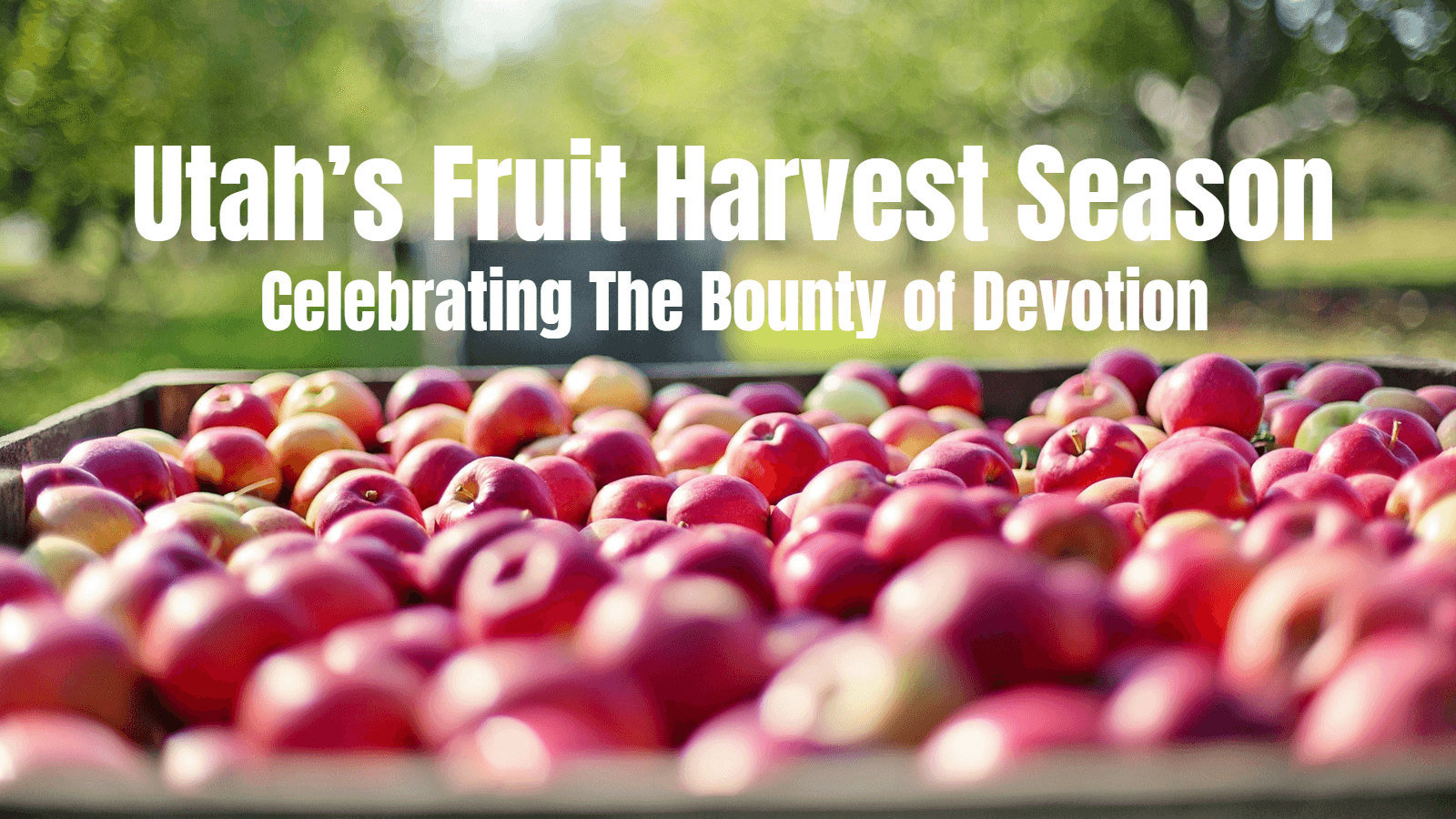
Utah’s Fruit Harvest Season - Celebrating The Bounty of Devotion
As the summer slowly gives way to the fall and the weather cools, a sweet feeling fills the air in Utah in August and early September. It’s the peak of the fruit harvest season, a time of year when people across the state celebrate and appreciate the state’s farming legacy.
The breeze flows through orchards laden with fruits ready for picking, and peaches, apples and cherries turn the orchards into a green blanket dotted with dabs of red, yellow and orange. For the people of Utah, this time of year is not just harvest time, but also a time to celebrate and reaffirm traditions that were founded over a century ago.

The Roots of Fruit Farming in Utah
The history of Utah’s farming and fruit harvest traditions began with the first pioneers. As the Mormons settled in Salt Lake Valley in the late 19th century, the need for self-sufficiency in the arid country they were to inhabit inspired the creation of a complete irrigation system that turned the dry region into fertile agricultural land. The first trees to bloom in this new Garden of Eden included apple, peach, cherry and pear trees.
As the orchards grew and bloomed, the harvest season became more and more of an event for the people of Utah. Hot days and cool nights provided a good environment for trees to bloom, harvest practices gradually became traditions, and traditions became the annual festivals we all know and cherish today.
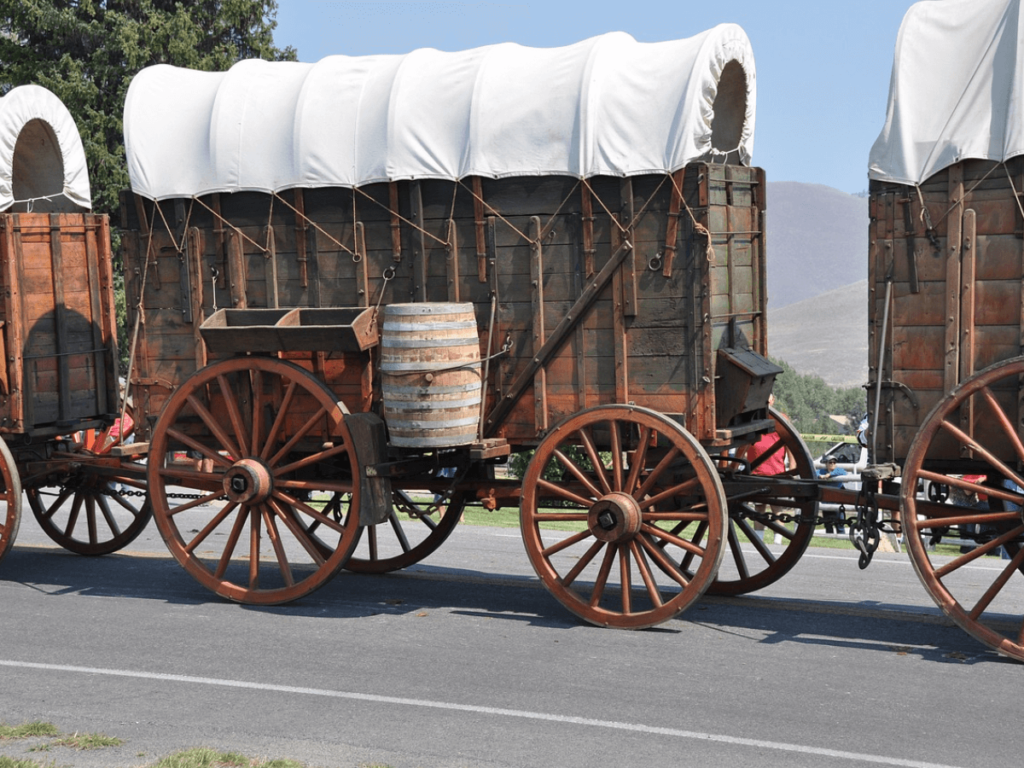
Utah Fruit Harvest Traditions: Time for Family and Community
Historical records suggest Brigham City, one of the first big fruit-producing cities of Utah, marked its first Peach Day in 1904.
Peach Day eventually became one of the lasting legendary harvest celebrations in Utah, attracting visitors from all over the state and beyond. Brigham City’s Peach Days are a tribute to the commitment, grit, hard work and community service that characterizes farming in Utah.
Over the years, Utah’s fruit harvest season brought together families and communities for events that have become cherished traditions. One such tradition is the harvest picnic, where families go out to spend a day in the orchards, eating together in the shade of the fruit trees.
Another long-lasting tradition is making the fruit preserves. As the summer harvest comes to an end, the family gets together, appliances and recipes in hand, to can peaches, make apple butter, and fill jars with cherry preserves.
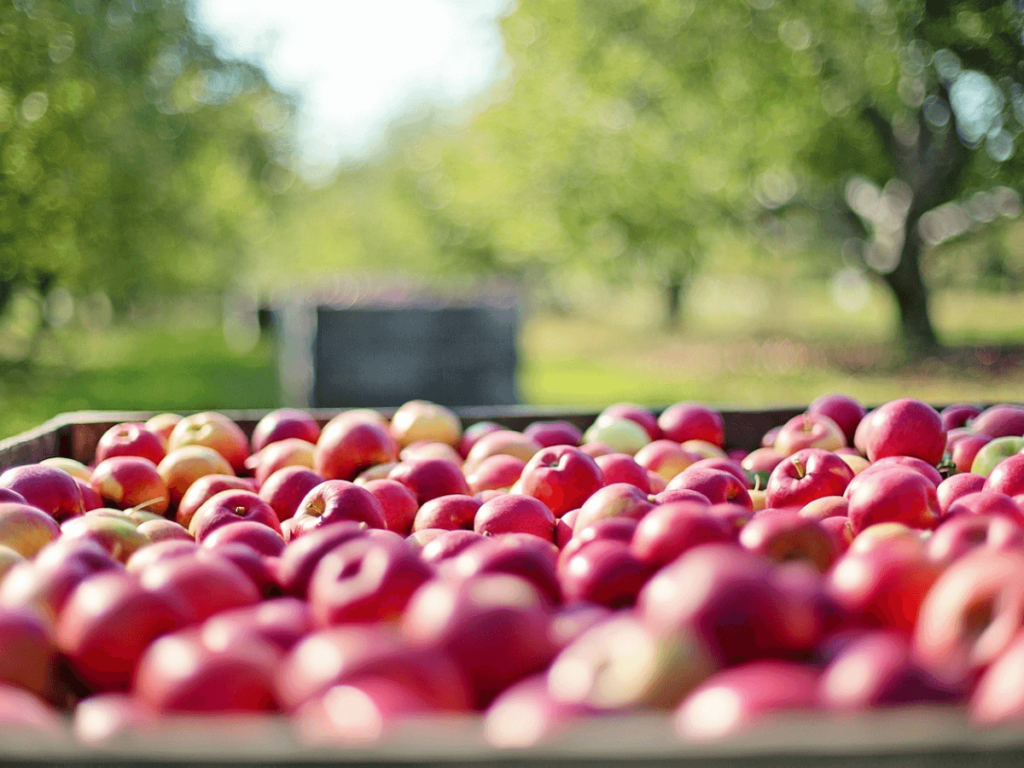
Utah’s Fruit Festivals and Celebrations
The fruit harvest season in Utah brings many harvest festivals that draw people from all parts of the state and beyond. One of the most notable is Brigham City’s Peach Days in September. From very simple beginnings of celebrating the end of a peach harvest, Peach Day has turned into a festival with musical parades, carnival rides, concerts and many other events and attractions. Visitors enjoy peach pies and peach cobbler, all made with homegrown fruits. Peach Day draws thousands of tourists each year for a first-hand experience of the warmth and culture of this small town.
Also worth mentioning is the Apple Harvest Festival in the town of Santaquin. The focus of this festival is on the apple harvest, and it features activities like a cider press and apple pie eating contests. The Apple Harvest Festival is a perfect event for the whole family that raises the status of apple farming in the state of Utah.
These festivals are a celebration not only of the annual harvest but also of the vital role agriculture has played in shaping Utah’s very identity. They offer opportunities for people to connect to the land, to each other, and to the traditions that shape their communities.
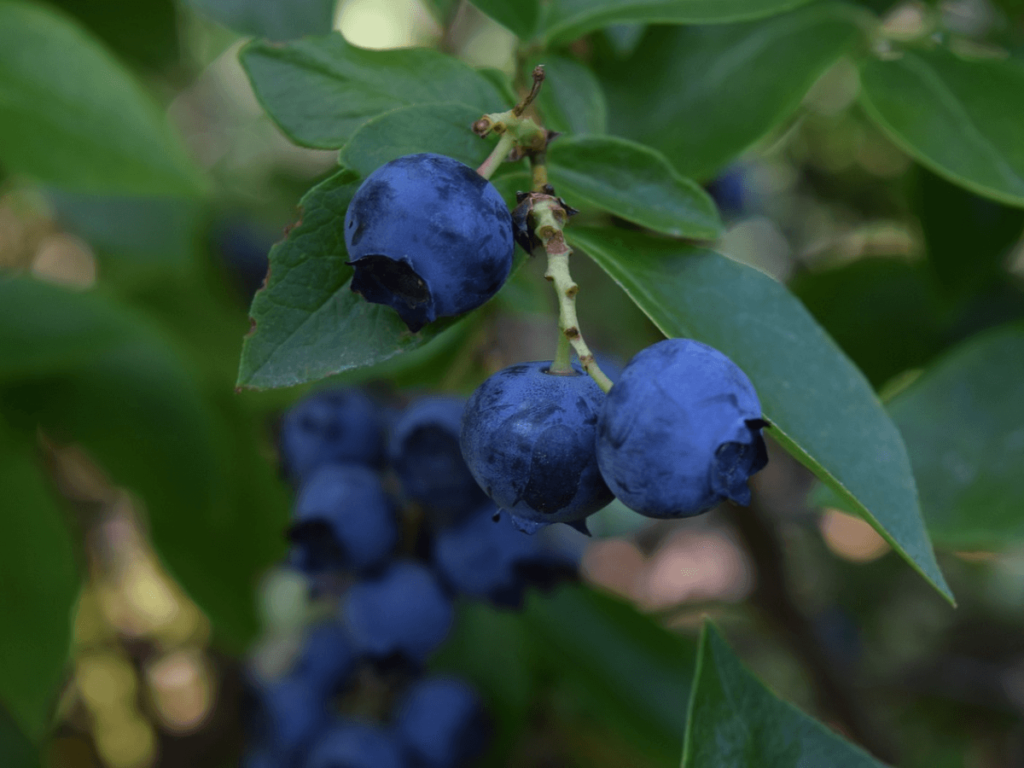
The Utah Harvest Calendar
The harvest season in Utah stretches from May to October, with two dozen varieties of fruits and vegetables ready for the picking in the warmer months of the year.
Asparagus opens the harvest season in mid-May, through to late June. Early June is harvesting time for boysenberries, broccoli, cherries, and all kinds of greens and herbs, as well as potatoes and rhubarb.
The season picks up from July, with apples, apricots, beans, blackberries, blueberries, beets, cabbage, cantaloupes, celery, carrots, cucumbers, gooseberries, eggplant, grapes, kale, nectarines, peas, peppers, raspberries, summer squash, saskatoons, strawberries, and tomatoes all ready for the picking.
August is the time for winter squash, Brussels sprouts, sweet corn and pears, while peaches, plums and pumpkins are available from early September.
Utah’s peaches are famous, and a number of festivals, some more than a century old, are held every year to mark the harvest. Peach varieties include Suncrest, Summerlady, Diamond Princess, Red Haven, Yakima Hale, Crest Haven, Angelus, O’Henry, Lemon Elberta, July Flame and Zee Lady.
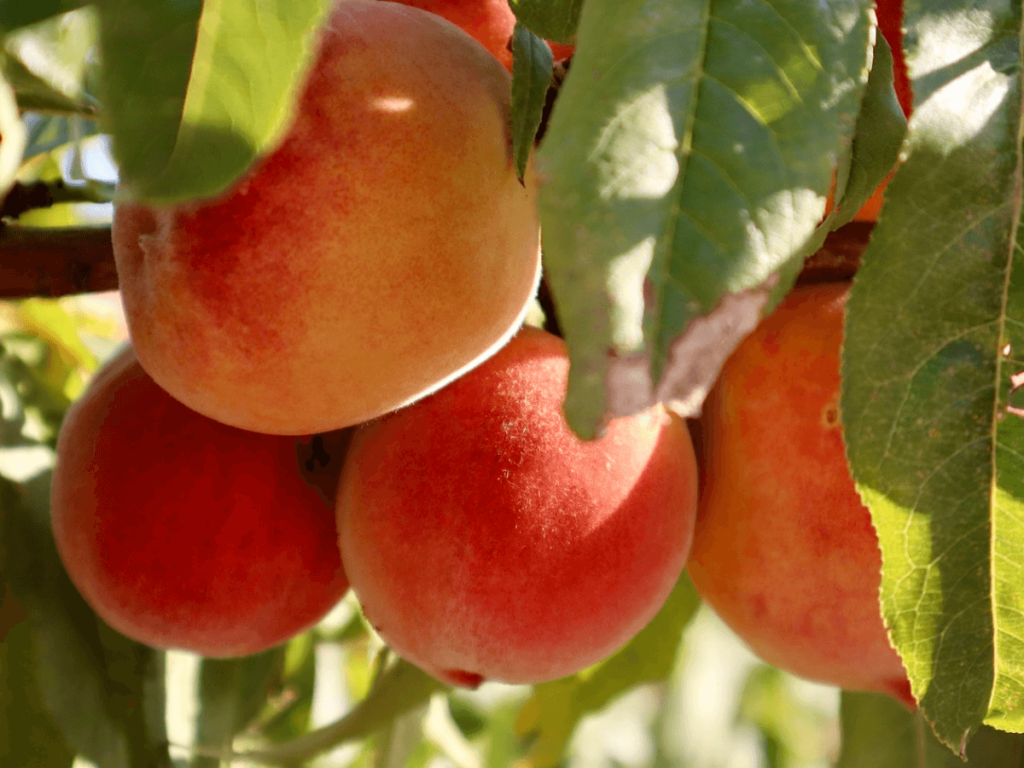
Utah’s fruit economy is a major contributor to the state’s economy, creating jobs, supporting local businesses in their various ways, and encouraging tourists to visit the state. The state generates millions of pounds of fruits a year that are distributed nationwide and exported abroad.
But even with all the advancement of modernity, the spirit of the harvest does not change. It is a time to give thanks, to connect, and express appreciation for the land and its bounty.
The Utah fruit harvest time is more than just an agricultural event – it speaks to the rejuvenation of life, the bonding of a community, and the perseverance of valued traditions. From pioneers to modern times, this time of year has been one of gathering, sharing, and thanksgiving for the fruits of the earth.
Whether it be the fresh peach at a festival, canning the preserves with family and friends, or even the breathtaking scenery of the orchards themselves, there’s something each month of harvest season could offer to someone.
So next time this harvest season comes around, stop and think about the prolific history and traditions that made it so special for Utah. If you find yourself in the state during this magical time, make sure to take time and visit an orchard or a festival so you can see for yourself the joy and connection a fruit harvest season brings.
